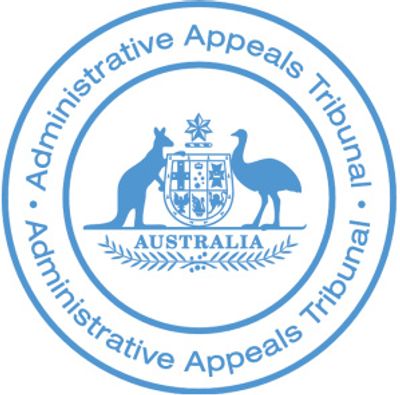GENERAL ADVICE – OCTOBER 2018
Dealing With The Administrative Appeals Tribunal
Far be it for me to lecture a Lawyer on how to deal with the AAT. That is not my brief.
Instead, I intend to share some thoughts about the processes surrounding the AAT and how you can best engage with your expert orthopaedic advisor in preparing your client’s advice. Whether that client is a plaintiff or a defendant, there are some rules that are peculiar to the AAT.
In particular, the concept of liability strikes me as being a little loose. Whereas the rules under PIPA and the CLA are relatively straightforward and causation is well described, the waters appear to be murkier within the AAT.

Defence Force personnel present a particular challenge. Some of the claims result from activities that occurred 20, 30 or even 40 years ago. I recall assessing an ex-serviceman who had been involved in a heavy landing of a Lancaster bomber during WWII in 1942. When I was assessing him in 2002 (60 years later), it was very difficult to reconcile the history that he provided with the orthopaedic conditions that I could identify. It transpired that the presence of a visible link was irrelevant. The Department of Veterans’ Affairs had already accepted liability. My role was simply to assess the functional impairment according to the Comcare Guides.

I did as I was told although to this day, have some recriminations. I genuinely believed that the lily was being gilded and that no true causal link existed. Whilst it did cause a few sleepless nights, the discomfort I experienced has now passed. I wonder if you ever feel the same?

It appears therefore that when briefing your expert, it is important to be particularly precise with your instructions. If you act for the plaintiff and you fear that the nexus might be tenuous, it is probably best to avoid it. Conversely, if you are acting for the defendant, this would be an excellent point at which to start.
The Question and Answer Corner
“Dear Dr Morgan
I have just read the latest Medicolegal Mind newsletter in its entirety and note that you requested feedback. So here goes…
As a lawyer, it struck me as a bit strong to say that lawyers sometimes delete parts of the truth from the script. It is more that the obligations imposed from a disclosure perspective require all reports, be it a comment in an email or otherwise, to be disclosed to the other side.
While we are obliged to meet disclosure obligations, we are not required to construct the other side’s case for them.
Is it perhaps that lawyers, while bound primarily by their duty to the Court, are also duty-bound to seem the best outcome for their clients?
Yours sincerely
TP”
Dear TP
Excellent feedback!
Consider –
• A plaintiff’s solicitor seeks an expert opinion, verbally, before receipt of a written report.
• The dialogue suggests the report will not be favourable to the plaintiff.
• The expert is asked not to provide a written report.
• The expert is paid and that is the end of his involvement.
No lies ––but not the whole truth?
Yours sincerely
David Morgan
“Dear Dr Morgan
Thanks for your newsletter.
I was just wondering when you do something like a forward flexion test do you have patients stretch? I know that when I forward fold – the first go is very stiff but after a minute or so my flexion is much better. Just curious.
Cheers!
JO”
Dear JO
You are correct. We do “warm up” and our range of lumbar movement does improve with stretching/repetition/time.
Typically, I assess the range several times, at different phases during the physical examination.
This helps to overcome the “stiffness” phenomenon. It also tests for inconsistency and exaggeration if/when they exist.
I hope you enjoy the newsletter. Are there any specific topics you’d like to see addressed?
Warm regards
David Morgan
